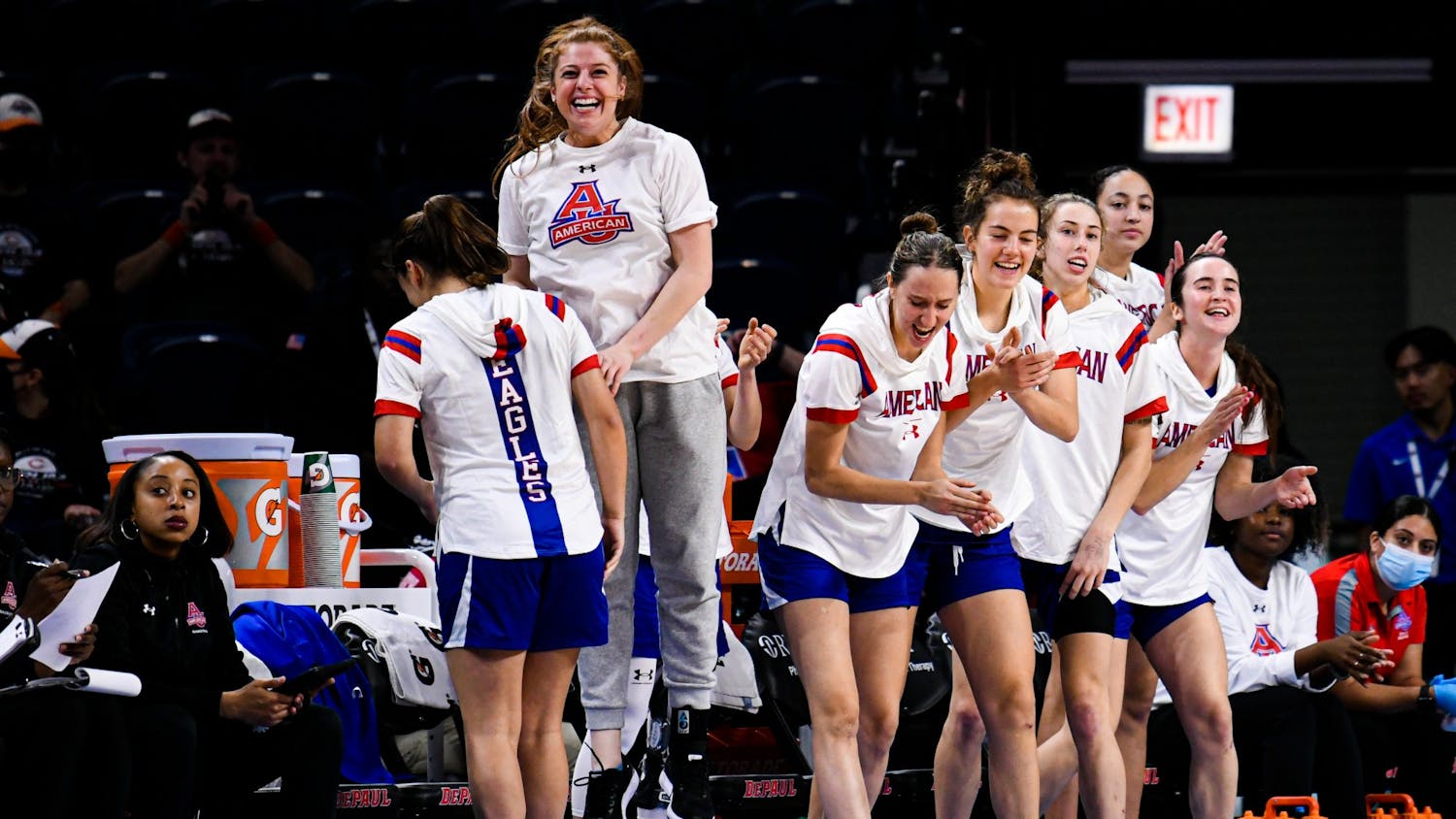As someone who knows way too much about people like Michael Pineda and Mike Minor, I feel I am the perfect person to talk about the upcoming fantasy baseball season.
Aside from March Madness, one of the highlights of my year is the annual fantasy baseball draft, which is kind of sad. There’s a longstanding theory that a manager can’t win his league on draft day, but he can lose it. And by “longstanding theory,” I mean something I thought up last week.
I’ve been compiling my overall player rankings and positional rankings for the draft since early March. Again, this is what I do during my class time. And if you’re going to be in a fantasy league, it’s important to know what’s going on in the league.
For example, in my 2005 draft, my buddy selected Barry Bonds with the first pick of the second round. Coming off a great season, Bonds had two knee surgeries that winter and only appeared in 14 games during ‘05.
As soon as the pick was made, everyone in the league questioned whether my friend had been alive and conscious during the 2005 offseason. When my buddy realized that Bonds wouldn’t be seeing the field until September, he fired off a string of expletives that can’t be put in print. His draft snowballed from there, with a fifth-round pick of Mark Loretta. Yikes! The lesson here: Do your homework before the draft.
Also, Yahoo! Sports gives each owner one minute and 30 seconds to make each pick. If you want to know the fastest way to turn a league against you and be sent countless angry e-mails and messages, wait one minute and 29 seconds before making each selection. Don’t be that guy that causes the draft to take an extra hour.
Once the draft is over, a big problem is keeping the managers interested in the league. With the baseball season, which often feels like it takes six years to get through, it’s hard for each manager to check his team on a daily basis.
The “summer swoon” takes hold, when people would rather be doing a million other things than checking fantasy baseball stats in July. I was once in a league with someone who had three players on the disabled list and two players who had been sent to the minors in his starting lineup because he hadn’t adjusted his lineup since May.
The only solution to this problem is implementing an entry fee to be paid out at the end of the year. A pet peeve of mine is leagues that don’t follow this rule. By having people pay an entry fee, it will automatically increase interest, a sense of stakes and league activity. More people will be making trade proposals, setting their lineups, adding/dropping players and the league will be better as a result.
At the end of the year, it could be either winner-take-all or the pot could be split up among the top three finishers. If Tim Lincecum is reading this article, I’m not talking about that “pot,” but money.
With the draft and owner activity addressed, the next issue is the waiver wire. Instead of how it is now with waiver priority, the best option is to give each owner a set amount of “free-agent money” at the start of each season. For example, managers start out with a hundred dollars at the start of each season.
Say you’re desperate for saves and someone drops Trevor Hoffman? What’s more exciting than placing a bid on Hoffman for 10 dollars and waiting frantically until 4 a.m. to see if you got him or were outbid by another player. (Not that I would know anything about that). Rather than relying on the order in the waiver priority, managers should be able to impact their teams.
So remember, draft smart and don’t be that owner that drafts a player stuck on crutches until September.
ttomea@theeagleonline.com




